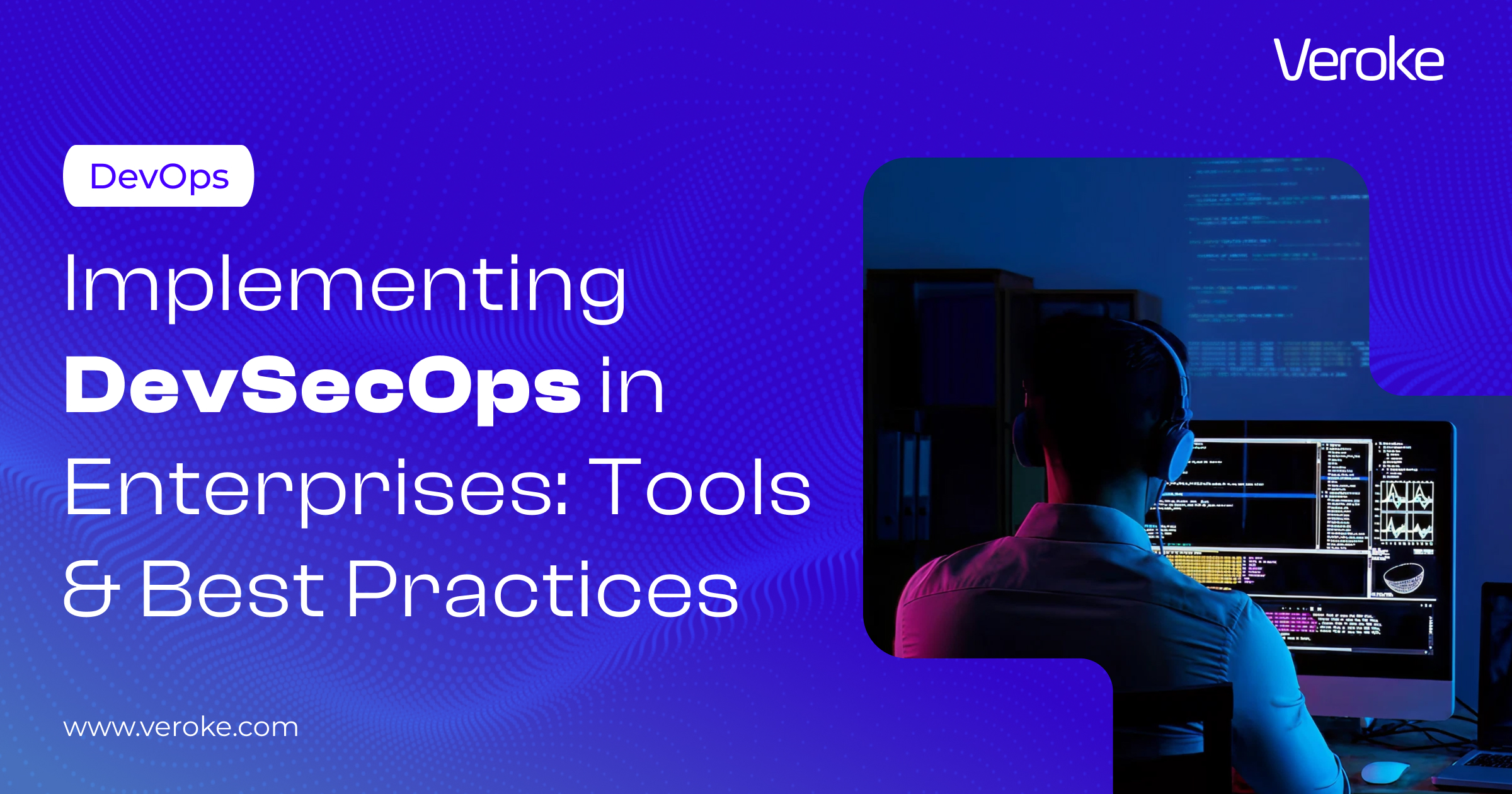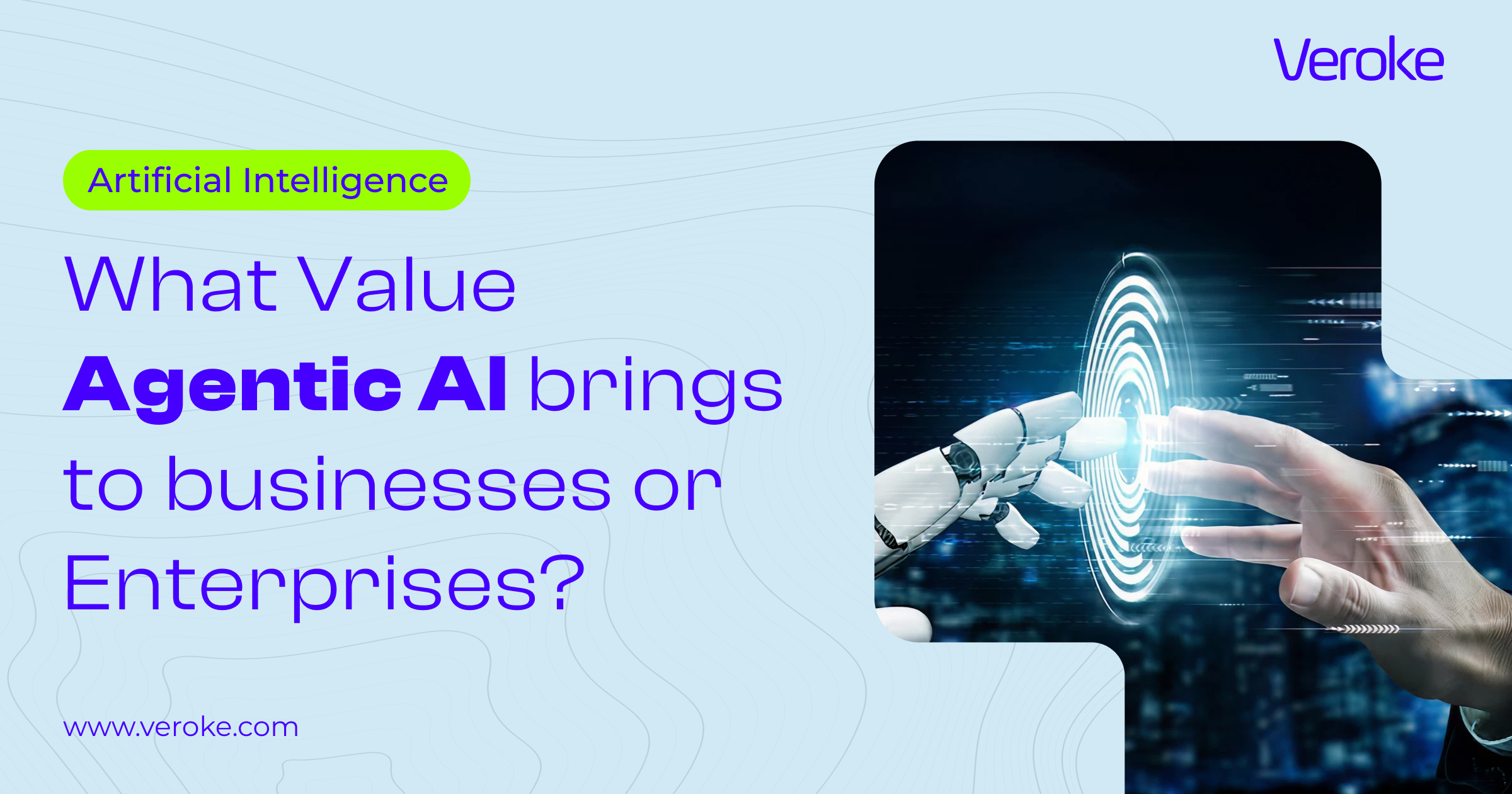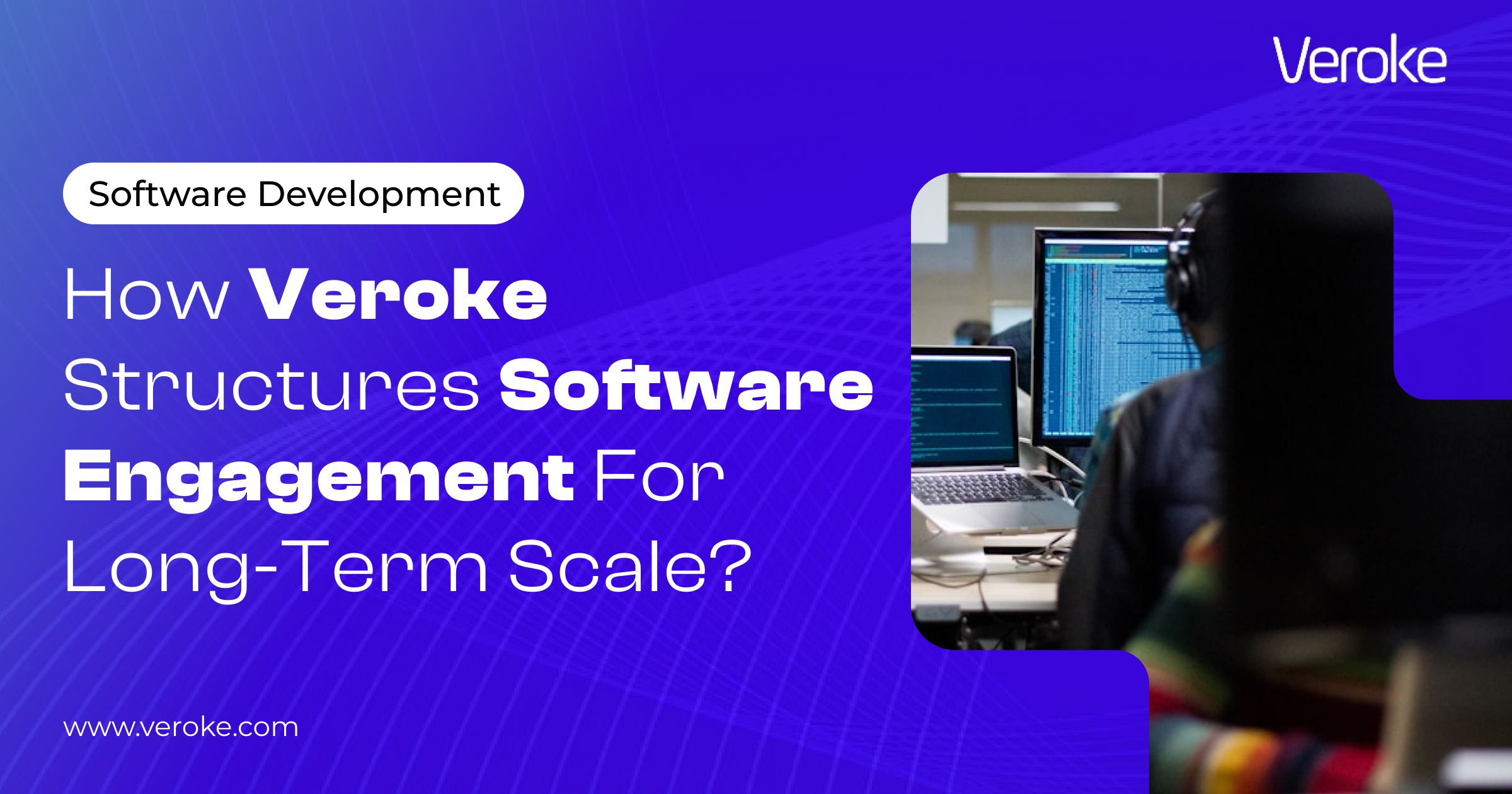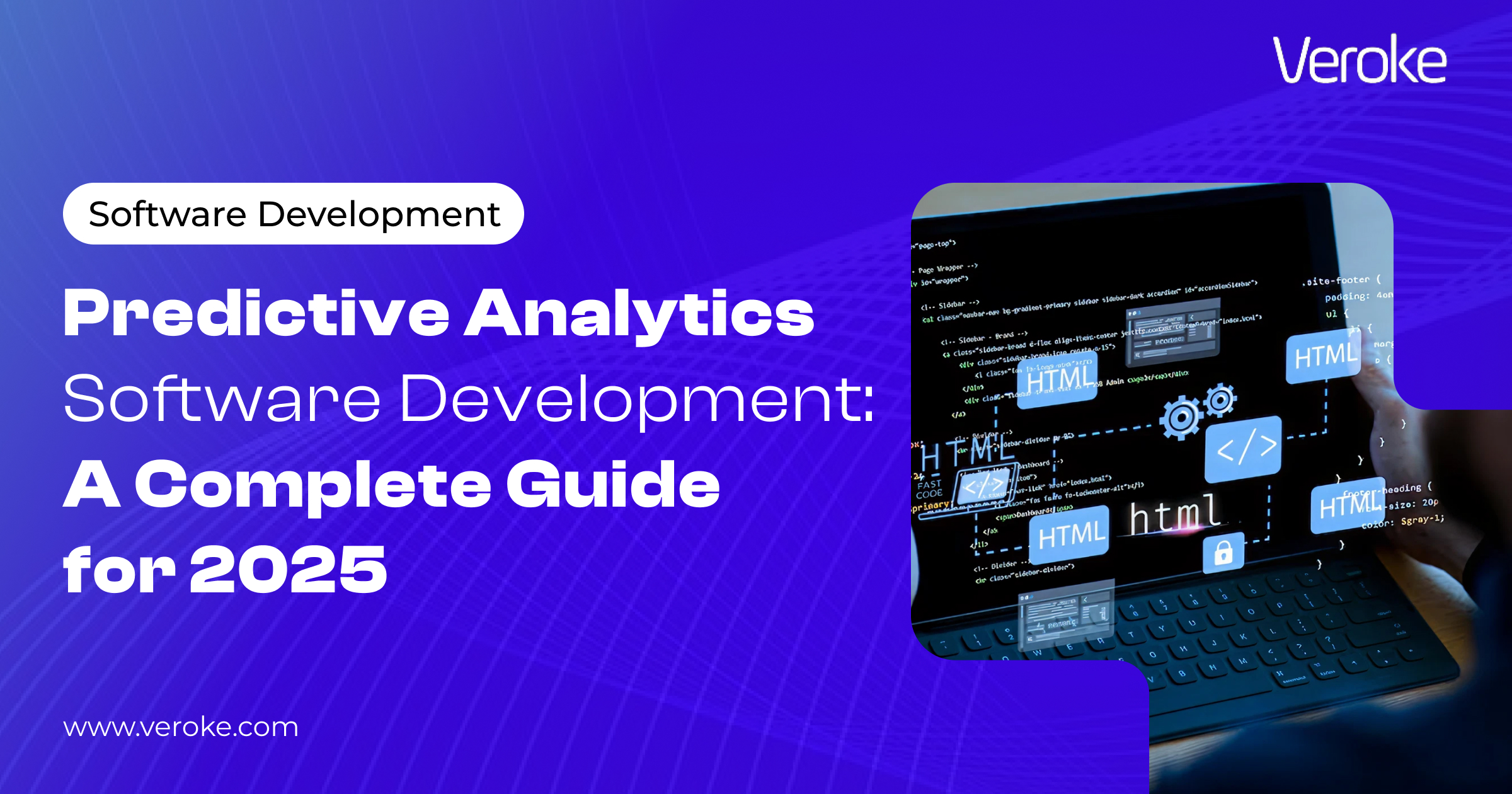Overview
Inside Saudi’s Tech Transformation
Get exclusive weekly insights into how the Kingdom is powering Vision 2030.
TL;DR
- DevSecOps integrates security into every phase of the SDLC – from planning to deployment – ensuring vulnerabilities are caught early.
- Shifting security left and automating checks help teams build faster without compromising safety.
- Continuous testing, threat modeling, and secure coding reduce risks and improve software resilience.
- Tools like GitLab, Kubernetes, Snyk, New Relic, and Ansible enable seamless security automation and visibility.
Imagine your team just pushed a new feature live, and it gets a critical security flaw right after customers start using it.
In this super dynamic and vulnerable environment, that’s not just a technical setback; it can be a major blow to your business.
This is exactly why DevSecOps in enterprises has become essential. By integrating security into every stage of the software development lifecycle (SDLC), it ensures that vulnerabilities are caught in time.
According to GitLab’s DevSecOps Report, 72% of respondents said they are either using a DevSecOps platform or plan to adopt one within the next year.
In this blog, we’ll break down the key tools and best practices that help enterprises implement DevSecOps effectively while building a culture where security is not an afterthought, but a shared responsibility.
Understanding DevSecOps
DevSecOps, short for Development, Security, and Operations, is a methodology that embeds security at every stage of your software development lifecycle. Instead of treating security as an afterthought or a final hurdle before release, it brings security practices into the early phases of planning, coding, testing, and deployment.
Rather than addressing security issues late in the process, DevSecOps integrates secure coding, automated testing, and policy enforcement into early planning, development, testing, and deployment.
The goal is simple: detect and fix vulnerabilities early, reduce remediation costs, and build resilient, secure systems. This approach fosters close collaboration between developers, security teams, and operations, enabled by automation and consistent workflows.
In today’s multi-cloud enterprise environments, DevSecOps is no longer optional; it’s essential for building secure, scalable, and resilient applications.
Why DevSecOps Matters for Enterprises?
Cyberattacks are evolving, and one of the most common tactics bad actors use is exploiting weaknesses in software. These vulnerabilities can stem from something as simple as a misconfigured setting or an overlooked piece of insecure code. And when they’re discovered too late?
The consequences can be severe: data breaches, compliance failures, financial losses, and long-term damage to your brand’s reputation.
That’s where DevSecOps comes in.
By integrating security checks and best practices throughout your development pipeline, it helps prevent misconfiguration and vulnerabilities from slipping through the cracks.
It’s a proactive approach that reduces risk, cuts down remediation time, and empowers teams to deliver faster, safer, and more reliable software, without compromising innovation.
Top 10 DevSecOps Best Practices for Enterprises
When it comes to DevSecOps, security shouldn’t be something you rush to fix at the end. It should be integrated from the very beginning of the development process.
Whether you’re building enterprise-grade applications or launching an MVP, these practices will help you embed security seamlessly into your DevOps pipeline, without compromising speed or agility.
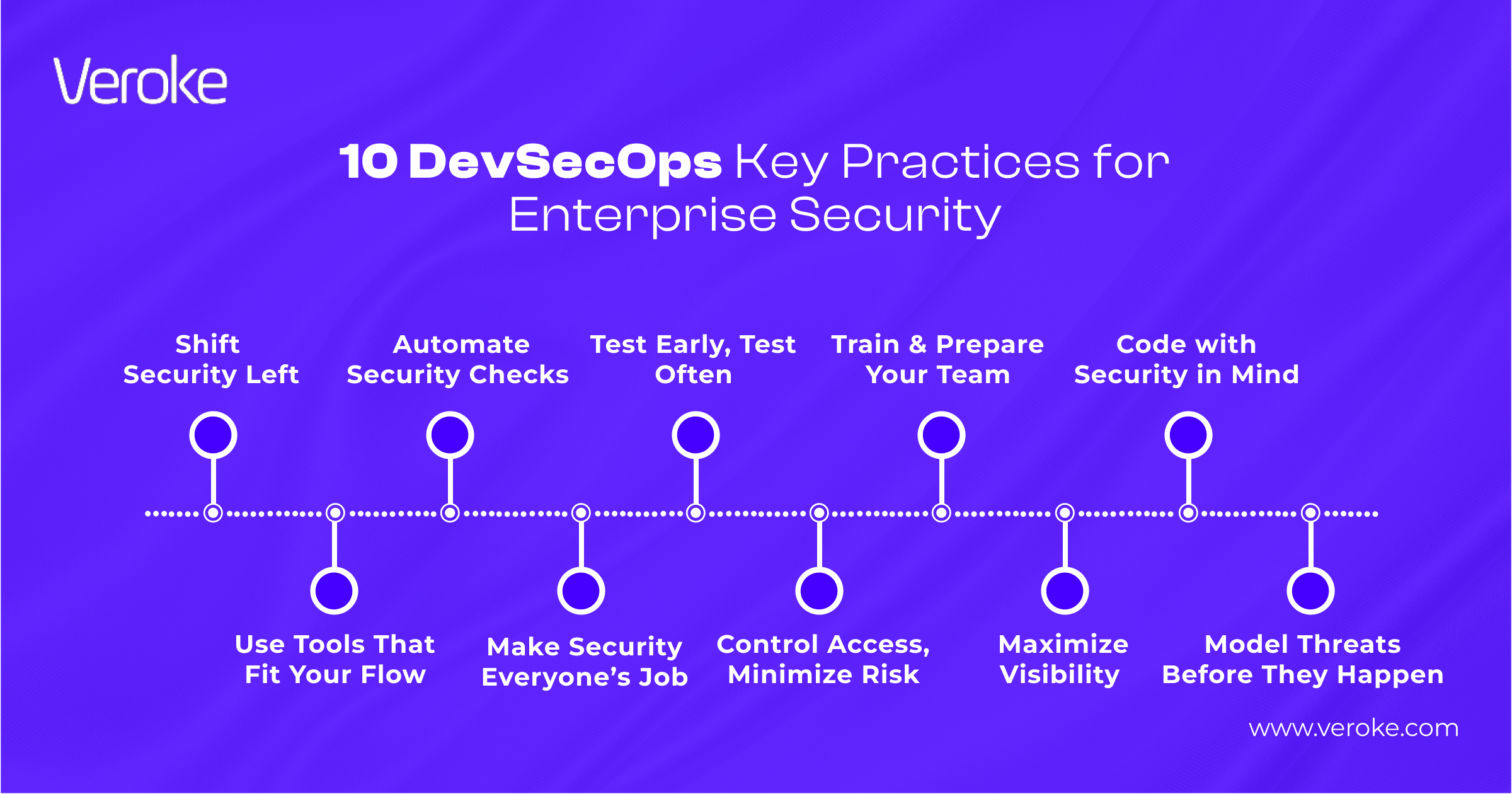
10 DevSecOps Best Practices
1. Shift Security Left: Start Smarter
In traditional development cycles, security often shows up too late in the game, usually during final testing or deployment. But by then, fixing vulnerabilities is time-consuming and costly. That’s why shifting security left, introducing it as early as the design and planning stages, helps you catch issues before they’re even coded. It’s not just proactive; it’s smarter. You’ll build secure-by-default software, reduce rework, and ship faster.
2. Automate Security Checks
Are you manually scanning every release? That’s a recipe for bottlenecks and burnout. Automation allows you to bake security checks right into your CI/CD pipeline. By automating static code analysis, vulnerability scans, policy enforcement, and compliance checks, you’ll find and fix issues before they escalate.
3. Test Early, Test Often
Security testing isn’t just a checkbox before launch; it’s a continuous process. Whether it’s unit, integration, or security-specific tests, running them early and often helps you discover vulnerabilities as you build. This way, issues are addressed in real time, not months later when the damage is done. Continuous testing also strengthens your feedback loops, giving your team faster insights and more confidence in every commitment.
4. Model Threats Before They Happen
Here’s a mindset shift: Don’t just respond to the cybersecurity threats, predict them. Threat modeling allows you to map out how an attacker might exploit your system, long before code is deployed. By visualizing the flow of data and identifying potential attack vectors, you can design defenses early. This approach not only improves system resilience but also strengthens collaboration between devs, security engineers, and architects.
5. Code with Security in Mind
Secure coding isn’t just about avoiding mistakes; it’s about consistently following best practices. By adopting and enforcing secure coding standards, you create a baseline of quality and security for your entire codebase. Whether it’s input validation, proper authentication flows, or secure data handling, teaching your team to code with security in mind pays off in every release.
6. Use Tools That Fit Your Flow
You don’t have to sacrifice speed for security. The key is using tools that integrate seamlessly into your existing toolchain. Think SAST, DAST, container security scanners, and policy-as-code solutions. These tools identify issues in real time without disrupting your flow. When security becomes a background process, not a blocker, your team can focus on building while staying secure.
7. Make Security Everyone’s Job
Security isn’t just the InfoSec team’s job anymore. In DevSecOps, it’s everyone’s responsibility, from developers to QA to operations. Breaking down silos and fostering collaboration across teams ensures that security concerns are addressed at every phase. Regular check-ins, shared dashboards, and implementing cloud application security can help you create a culture of accountability and ownership.
8. Control Access, Minimize Risk
Not everyone needs access to everything. Implement role-based access control (RBAC) and enforce the principle of least privilege across your infrastructure. By tightly managing who can access what and when, you reduce the risk of insider threats, misconfiguration, and accidental data leaks. Only give team members access to the systems and data they need. This minimizes risk from internal errors or misconfigurations.
9. Maximize Visibility
You can’t protect what you can’t see. With proper observability, logs, metrics, traces, and real-time alerts, you gain complete visibility into what’s happening inside your systems. Security observability helps you detect anomalies, track potential intrusions, and respond quickly when things go sideways. The earlier you spot an issue, the faster you can stop it from spreading.
10. Train & Prepare Your Team
Security tools are powerful, but people are your first and last line of defense. Equip your team with regular security training so they understand emerging threats and know how to avoid common pitfalls. And when a breach does happen? Have an incident response plan ready. Run simulations. Test it. Make sure everyone knows their role. A prepared team can turn a crisis into a win.
DevSecOps Tools: What to Know
A DevSecOps tool is software designed to embed security directly into the DevOps pipeline, enabling automated and continuous security checks throughout the software development lifecycle. These tools help detect vulnerabilities, enforce security policies, and ensure compliance, without compromising speed or agility in software delivery.
Common tools include static and dynamic application security testing (SAST and DAST), container security scanners, Infrastructure as Code (IaC) security analyzers, and runtime protection mechanisms.
While DevSecOps tools enhance security, they work alongside traditional DevOps tools, and both are critical for delivering secure, scalable, and high-performing software.
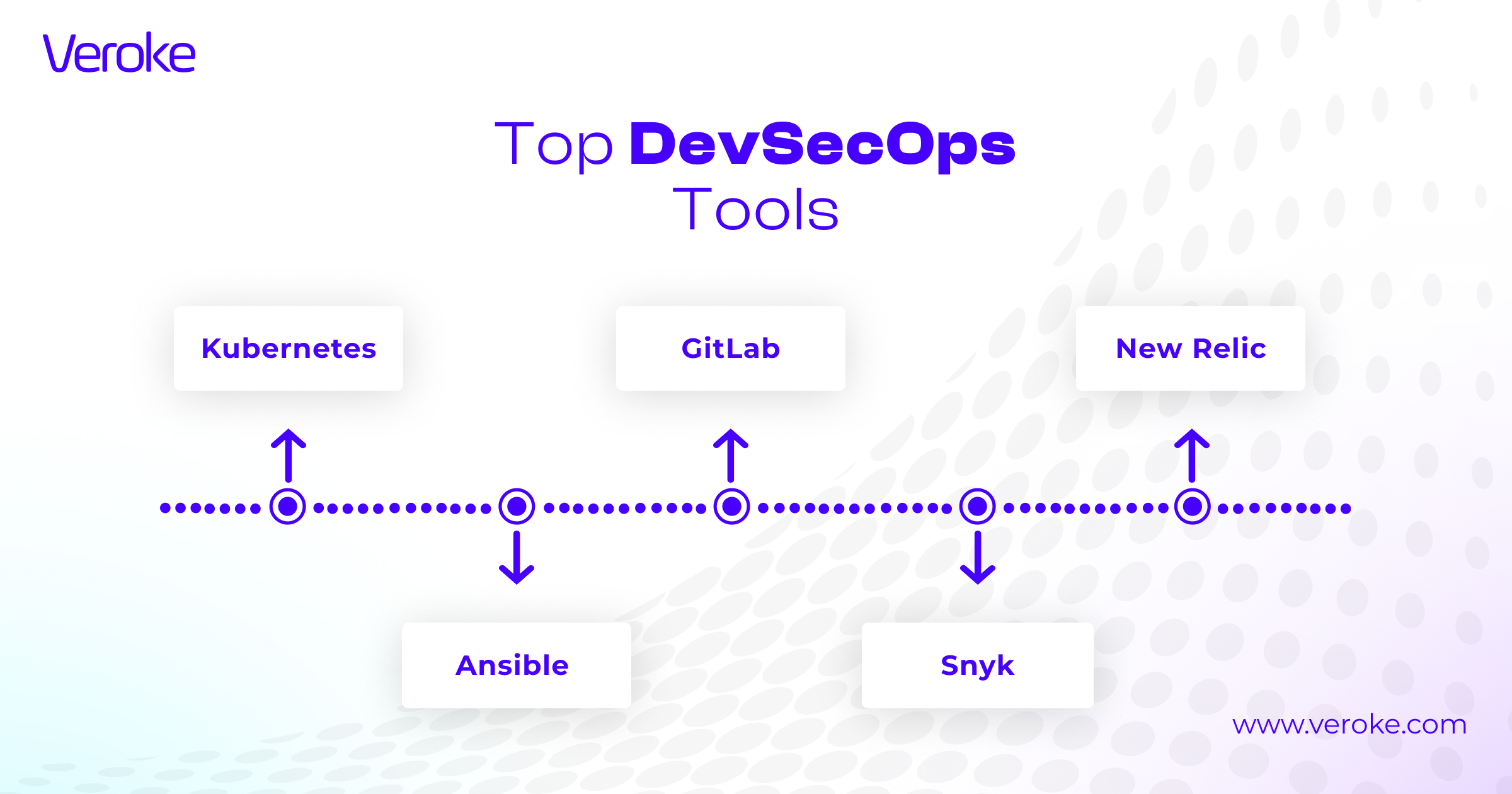
Top 5 Best DevSecOps Tools
Top 5 DevSecOps Tools
Here are five powerful tools that help enterprises streamline DevSecOps:
1. Kubernetes
A leading container orchestration platform that automates the deployment and scaling of containerized applications. It supports both operations teams managing complex microservices and developers testing in real-world environments. With built-in security features and compatibility with third-party tools, Kubernetes allows centralized risk management through a unified, declarative platform.
2. GitLab
GitLab is an all-in-one DevSecOps platform known for its Git repository and CI/CD features. Beyond that, it offers robust tools for security, compliance, and governance, enabling teams to manage code, deployments, and security controls across the entire software delivery lifecycle, from planning to operations and value analysis.
3. New Relic
New Relic is an observability platform offering infrastructure and application performance monitoring with code-level insights. It helps identify issues, including security vulnerabilities, across deployments. By centralizing the processes, it keeps developers, operators, and security teams aligned. Its CodeStream IDE extension enables developers to view logs and stack traces directly within their workflow.
4. Ansible
Ansible is an open-source automation tool for configuration management. It allows teams to declaratively manage IT infrastructure, install packages, run tasks, and configure services, reducing manual work. Security teams use it to remotely patch vulnerabilities and correct misconfigurations, often following Infrastructure as Code (IaC) provisioning.
5. Snyk
Snyk offers a unified suite of open-source DevSecOps tools that secure the software delivery lifecycle. It scans code, container images, and IaC for vulnerabilities and misconfigurations. With features like AppRisk, Snyk supports scalable security through asset discovery and risk-based prioritization, bringing developers, ops, and security teams together on a single platform.
The Future of DevSecOps in Enterprises
In an era where software speed is matched only by the sophistication of cyber threats, DevSecOps is more than a trend.
By embedding security into every phase of the development lifecycle, enterprises can reduce vulnerabilities, respond to threats faster, and deliver high-quality products without compromising safety or speed.
From shifting left and automating checks to fostering a culture of shared responsibility, implementing DevSecOps best practices empowers your teams to build with confidence.
Need Help with DevSecOps Implementation?
At Veroke, we help enterprises build secure, scalable systems with DevSecOps pipelines tailored to your infrastructure and team culture. Whether you’re starting fresh or enhancing your current DevOps strategy, our experts will guide you every step of the way.
Let’s build secure, scalable, and future-ready software together. Get in touch with us today.
FAQs
1. How do you implement DevSecOps?
To implement DevSecOps, integrate security practices into every phase of the software development lifecycle, starting from planning to deployment. Automate security testing, encourage cross-team collaboration and adopt tools that support continuous monitoring and compliance.
2. What is a DevSecOps tool?
A DevSecOps tool is a software solution that helps integrate security into the DevOps pipeline by automating tasks like code analysis, vulnerability scanning, compliance checks, and threat detection. These tools ensure that security is continuously enforced without slowing down development or deployment.
3. What is a key benefit of implementing DevSecOps practices
The key advantage of implementing DevSecOps practices is early detection and remediation of security vulnerabilities, which reduces risks, lowers costs, and ensures faster, safer software delivery.
4. What are the key principles of DevSecOps?
Key principles of DevSecOps include shifting security left in the development lifecycle, automating security checks, and fostering collaboration across teams. It also emphasizes continuous monitoring and treating security as code for consistent enforcement.
Want to know more about our service.
Inside Saudi’s Tech Transformation
Get exclusive weekly insights into how the Kingdom is powering Vision 2030.
Transform your Ideas into a Digital Reality
Get scalable, customized solutions for your business.

